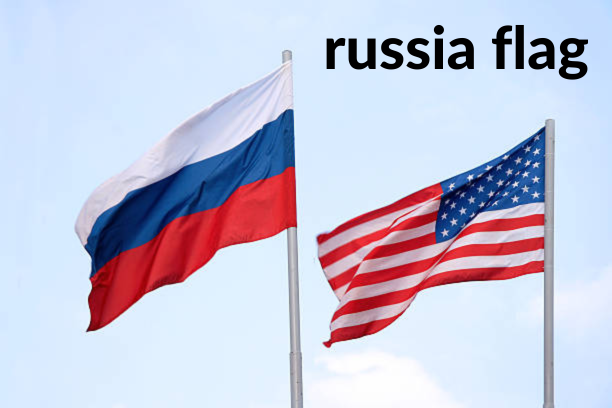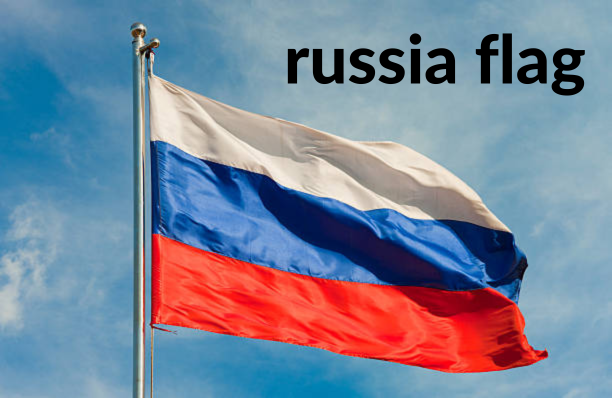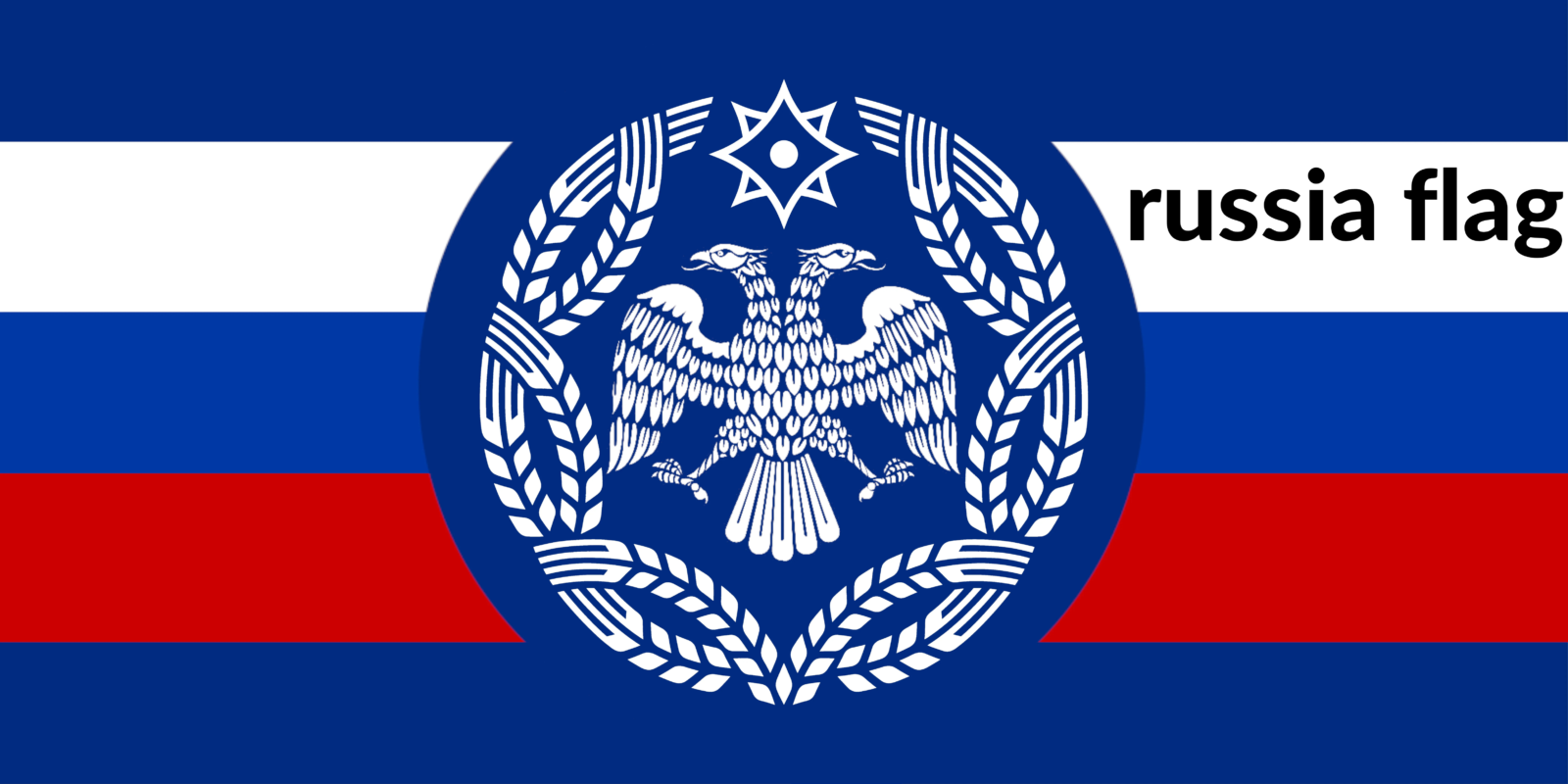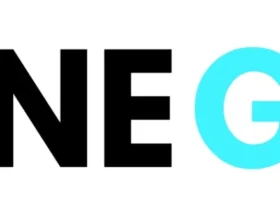The russia flag is one of the most recognizable symbols of the country, known for its distinctive combination of three colors: white, blue, and red. These colors carry deep meanings and reflect the nation’s long history and cultural identity. In this article, we will explore the history, significance, and uses of the Russian flag in detail. Whether you’re curious about what the flag looks like or why it carries such powerful symbolism, this guide will cover everything you need to know.
What Does the Russian flag Look Like?
The russia flag consists of three horizontal stripes of equal size. The top stripe is white, the middle stripe is blue, and the bottom stripe is red. The colors are arranged from top to bottom in this order, creating a simple yet meaningful design.
The design itself is quite simple, but the three stripes represent important aspects of Russia’s national identity. Each color on the flag holds a specific meaning, reflecting Russia’s values, history, and culture. Understanding the symbolism behind these colors is key to grasping the flag’s importance to the Russian people.
History Behind the Russian Flag
The history of the Russian flag dates back to the late 17th century during the reign of Tsar Peter the Great. In 1693, Peter the Great introduced the flag as part of his efforts to modernize Russia and strengthen its naval presence. The first use of the flag was as a symbol for Russia’s navy, but it soon became the official national flag as well.
Over the centuries, the Russian flag has undergone changes, reflecting the political and social shifts in the country. The flag has been through various versions, particularly during the Soviet era, and has remained a strong symbol of Russia’s unity, heritage, and power. The current version of the flag was officially adopted in 1991 after the dissolution of the Soviet Union.
Why Are There Three Colors on the Flag?
The three colors on the Russian flag—white, blue, and red—are rich in meaning. Each color symbolizes different aspects of Russian culture and national identity. Let’s dive deeper into the individual meanings of these stripes.

The White Stripe: A Symbol of Peace
The white stripe at the top of the Russian flag is often associated with peace, honesty, and purity. In Russian culture, white is seen as a symbol of hope and the desire for harmony. The white stripe reflects Russia’s historical ambition for peace, both within its borders and with neighboring countries. It also represents the nation’s commitment to fairness and justice, values that are foundational to Russian society.
The Blue Stripe: Loyalty and Faith
The blue stripe in the middle is symbolic of loyalty, faith, and devotion. Blue is often seen as a calm and peaceful color, representing the stability and trust that Russia holds in its values and governance. This color signifies the nation’s unwavering faith in its future and the loyalty of its citizens to their country.
The Red Stripe: Strength and Bravery
The red stripe at the bottom of the flag is a powerful symbol of strength, bravery, and the willingness to fight for one’s country. Red has long been associated with courage and resilience, representing the sacrifices made by the Russian people throughout history. It reflects Russia’s determination to stand strong in the face of challenges, a sentiment deeply ingrained in the nation’s identity.
Here is a sample bio table for you. This table includes essential details about the Russia flag:
| Attribute | Details |
|---|---|
| Name | Russia Flag |
| Adopted | August 22, 1991 (Current design) |
| Design | Three horizontal stripes: white (top), blue (middle), red (bottom) |
| Symbolism | White: Peace, Blue: Loyalty, Red: Strength |
| Country | Russia |
| History | Originated in 1693, adopted by Tsar Peter the Great; current version post-1991 Soviet Union collapse |
| Official Use | Government buildings, international events, national ceremonies |
| Similar Flags | Netherlands, Paraguay (Similar designs with slight color and stripe variations) |
| Significance | National unity, pride, and sovereignty |
This table provides a quick overview of key aspects related to the Russia flag. Let me know if you’d like to add or modify any information.
When Did Russia Adopt Its Flag?
Russia officially adopted the current version of its flag on August 22, 1991, following the collapse of the Soviet Union. This was a significant moment in the country’s history as it marked the end of Soviet rule and the beginning of a new era. However, the colors and design of the flag were used long before this date, with earlier versions appearing during the reign of Tsar Peter the Great in the late 1600s.
The flag became a symbol of Russian identity and national pride, especially after the fall of the Soviet Union. Its adoption signified the return to Russia’s historical roots, while also marking the country’s commitment to a new era of democracy and sovereignty.
How Does the Russian flag Represent National Identity?
The Russian flag is more than just a piece of cloth—it is a symbol of national unity and pride. The colors on the flag reflect the values that the Russian people hold dear, including loyalty, strength, and peace. These values are deeply ingrained in Russian culture and history, and the flag serves as a reminder of the sacrifices and triumphs that have shaped the nation.
For many Russians, the flag is a source of pride and a powerful symbol of their heritage. It represents a shared history and collective identity, binding the people of Russia together across generations. Whether displayed during national holidays, at public events, or in government buildings, the flag serves as a constant reminder of the country’s enduring spirit.
What Is the Russian Flag Used For?
The Russian flag is used in a variety of contexts, both within the country and on the international stage. It serves as a symbol of Russia’s sovereignty, power, and unity. Let’s explore some of the main ways the flag is used.

The Flag in Russia’s Government
The Russian flag plays a central role in the country’s government. It is prominently displayed in government buildings, including the Kremlin, the seat of Russia’s government. The flag is also used in official ceremonies and events, where it is a symbol of the Russian state’s authority and legitimacy. It is a constant reminder of the country’s government and its role in representing the interests of the people.
The Flag at International Events
On the international stage, the Russian flag is displayed at various events, including the United Nations, Olympic Games, and diplomatic summits. The flag represents Russia’s standing in the world and is a symbol of the country’s sovereignty and presence on the global stage. Whether at sporting events or diplomatic meetings, the flag serves as a visual representation of Russia’s identity and values.
The Russian flag During the Soviet Era
During the Soviet era, the Russian flag was replaced by a different flag, featuring a red background with a hammer and sickle emblem. This flag represented the Soviet Union, a communist state that lasted from 1922 to 1991. However, after the collapse of the Soviet Union, Russia returned to using the original tricolor flag, which was reinstated as the national flag in 1991.
Can Other Countries Have Similar Flags?
The design of the Russian flag. Three horizontal stripes of different colors. Has been used by. Other countries as well. For example. The flag of the. Netherlands is also made up of. Three horizontal stripes red. White, and blue. However, the specific shades of the colors and the arrangement of the stripes often differ between countries.
Despite these similarities, each country’s flag carries unique symbolism that reflects its own national identity and history. While flags like the one of the Netherlands or Paraguay may share design similarities with Russia’s flag, the meanings behind their colors and their use in the national context can be quite different.
The Bottom Line
The Russian flag is a symbol of the country’s rich history, unity, and national pride. Its three colors—white, blue, and red—represent key aspects of Russian culture, including peace, loyalty, and strength. The flag’s design has evolved over time, but it remains a powerful symbol of Russia’s identity and heritage.
Whether you are studying the history of the Russian flag or simply curious about its significance, understanding the meaning behind its colors and design helps to appreciate its importance to the Russian people. The flag serves not only as a symbol of the past but also as a beacon for the future, reflecting Russia’s commitment to unity, strength, and peace.


















Got a Questions?
Find us on Socials or Contact us and we’ll get back to you as soon as possible.